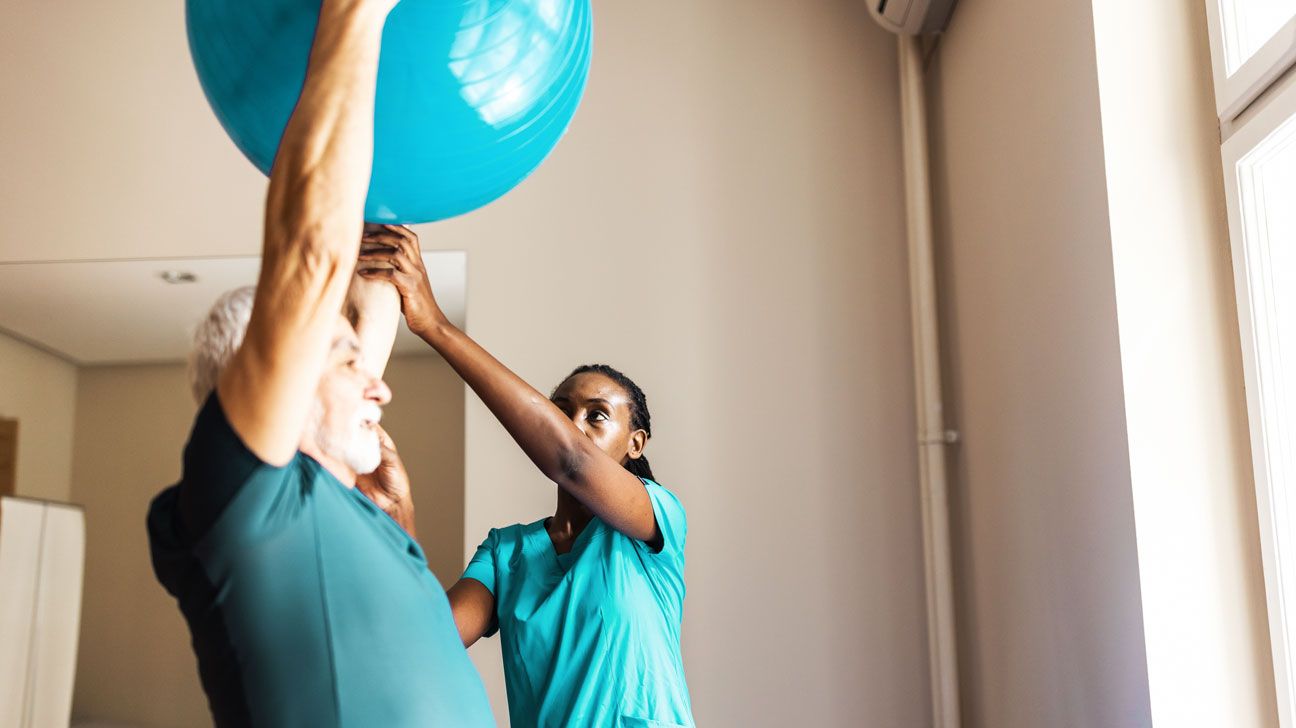Enabling Clients Through Instruction in Cardiac and Pulmonary Rehabilitation to achieve Enhanced Recovery plus Quality in Living.
Enabling Clients Through Instruction in Cardiac and Pulmonary Rehabilitation to achieve Enhanced Recovery plus Quality in Living.
Blog Article
Cardio-pulmonary rehabilitation represents an essential program created to help patients recover from cardiac and lung conditions. It centers on improving patients' fitness-related wellness, education, and overall well-being. Patients who engage in these programs often undergo enhanced recovery and a better standard of life. By providing instruction customized to individual needs, cardiopulmonary rehabilitation enables individuals to assume control of their wellness and make knowledgeable decisions about their care and habits.
One key element of cardiopulmonary rehabilitation is physical activity regimen. Exercise is vital for strengthening the heart and lungs, which can turn weakened due to illness or inactivity. Individuals generally engage in monitored exercise classes that are safe and slowly increase in difficulty. These sessions assist to develop endurance and improve overall fitness-related capability. As patients grow more active, they often observe improvements in their vitality levels and daily tasks, such as walking, ascending stairs, and participating in community events.
In furthermore to exercise, instruction plays a major part in cardiopulmonary rehab. Patients gain knowledge about their particular conditions, treatment options, and the importance of lifestyle changes. This education helps clarify their conditions and lessens emotions of anxiety or discontent. Understanding find more information how their bodies work and the effects of medications and therapies allows individuals to take improved choices regarding their health. Knowledge about topics like nutrition, tobacco quitting, and anxiety control can lead to lasting changes that promote recovery and avert future problems.
Another crucial aspect of rehabilitation is emotional support. Living with chronic cardiac or pulmonary ailments can be difficult and may lead to feelings of anxiety or depression. Patients are often motivated to discuss their stories and feelings in a supportive group setting. This fellow bond can be extremely beneficial, as it provides a sense of belonging. Assistance from medical professionals, family, and friends also plays a crucial part in the rehab process, helping to build strength and drive.
Overall, the goal of cardiopulmonary rehabilitation is to improve recovery and boost standard of life for patients. Through tailored fitness regimens, comprehensive education, and emotional assistance, individuals are enabled to take control of their health. By actively engaging in their rehabilitation multidisciplinary approach to rehab process, individuals can undergo a refreshed sense of confidence and independence. This holistic method not only assists in bodily healing but also fosters a healthier outlook, resulting to a more fulfilling life despite the difficulties of living with heart or pulmonary conditions.